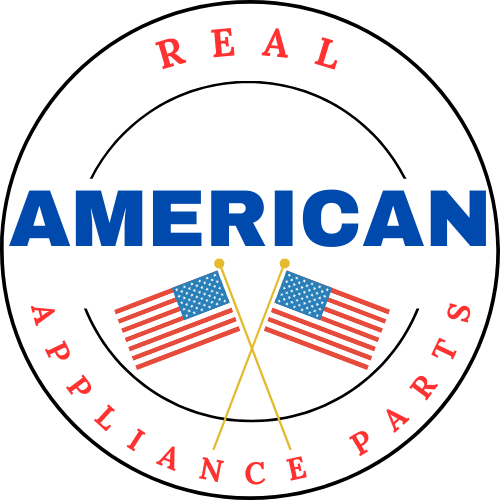You’re a Service Technician and You Messed Up—What Now?
No one is perfect. Even the most experienced appliance repair technicians make mistakes from time to time. Whether it’s a misdiagnosis, a botched repair, or accidental damage to a customer’s appliance or property, what truly matters is how you handle the situation.
A professional response can mean the difference between keeping a loyal customer and getting a bad review—or worse, losing your job. Here’s what you should do when you realize you’ve made a mistake.
1. Own Up to It Immediately
Trying to cover up a mistake or shift blame will only make things worse. Instead, acknowledge the error as soon as possible. Customers appreciate honesty, and your boss will respect you more if you take responsibility rather than trying to hide it.
For example, if you replaced the wrong part and the appliance is still broken, say something like:
"I just realized that I misdiagnosed the issue, and the part I replaced wasn’t the real problem. That’s on me. Let’s get this corrected right away."
2. Stay Calm and Professional with the Customer
Even if the customer is upset, your job is to remain calm and professional. Here’s how you should approach the conversation:
-
Apologize sincerely but briefly. Avoid over-apologizing, as it can make you seem less confident.
- “I’m really sorry about this. I want to make it right.”
-
Explain what went wrong in simple terms. Customers don’t need the technical details—just a clear, honest explanation.
- “I installed the new heating element, but after testing it, I realized that wasn’t the root cause of the issue. It looks like the thermostat is actually the problem.”
-
Offer a solution. Customers want to know what’s next. Be proactive about fixing the mistake.
- “I’ll replace the correct part at no extra charge, and I’ll do my best to get this done as quickly as possible.”
3. Notify Your Boss ASAP
Your manager needs to hear about the mistake from you first—not from an angry customer. Be honest but also come prepared with a plan to fix it.
When talking to your boss, follow this structure:
-
State the mistake clearly.
- “I installed the wrong part on a dryer repair today. The real issue was the thermostat, not the heating element.”
-
Explain how you handled it with the customer.
- “I was upfront about it and told them I’d fix it at no charge. They appreciated the honesty, and I’ve already ordered the correct part.”
-
Take responsibility and offer a solution.
- “I should have double-checked my diagnosis before replacing the part. I’ll make sure to be more thorough moving forward.”
Most bosses understand that mistakes happen, but they want to see accountability and initiative.
4. Learn from the Experience
Making mistakes is part of the job, but repeating them is not. Take this as an opportunity to improve. Ask yourself:
- Did I rush the diagnosis?
- Could I have tested the appliance differently?
- Do I need to brush up on certain repair techniques?
Discussing the mistake with a more experienced technician or reviewing training materials can help prevent similar errors in the future.
Final Thoughts
Messing up on a repair job isn’t the end of the world—what matters is how you handle it. Be honest, take responsibility, communicate effectively with the customer and your boss, and take steps to ensure it doesn’t happen again. This approach will not only save your reputation but also build trust and professionalism in the long run.
